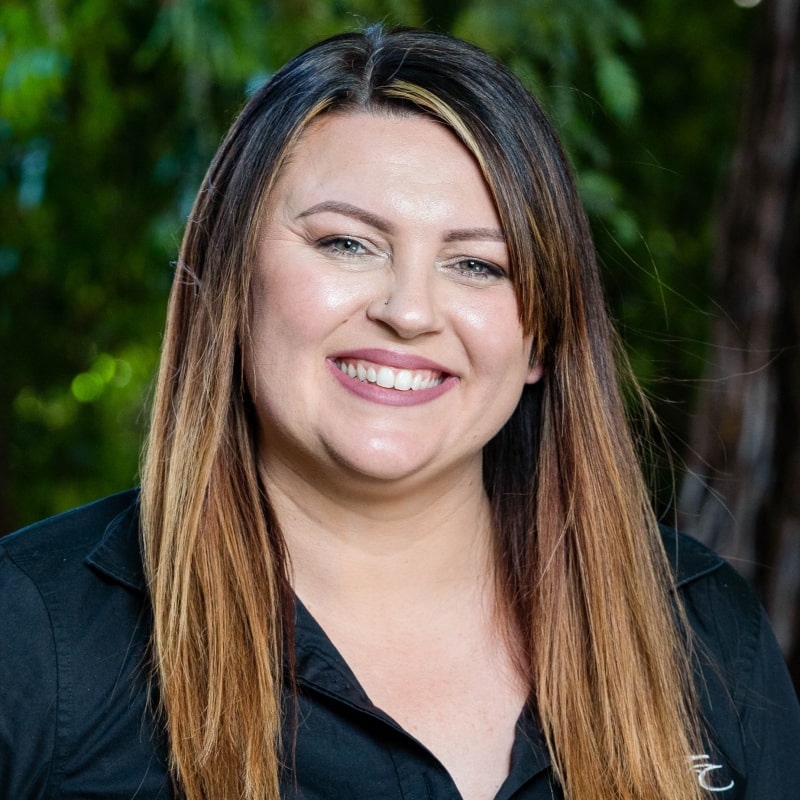Complex Dental Treatments: 8 Effective Strategies for Case Presentation

About 15 years ago I was one of the surgical assistants in our oral surgery practice. I had been crossed trained in the front office and was presented with the opportunity to become a treatment coordinator. I thought to myself, “easy enough, I come from an assistant background; I have the knowledge of procedures and it comes down to simply presenting the treatment plan.” My first few cases went great! Straight forward wisdom teeth, a few single implant cases. I thought, “wow I am golden.” Then came the eye opener: a large complex case. Upper and lower All-on-4 surgical treatment with a projected surgical fee of 27k which did not include the restorative fee. I began to sweat. My hands got clammy, I was instantly nervous and I began questioning how the patient was going to afford their treatment. I went in to see the patient and stumbled on my words. I wasn’t confident and the patient left the office with the decision to “think about it” and get back to us. That night I realized I had a lot to learn. From there, I continued on with confidence and perfecting my treatment plan presentation. This mission resulted in a treatment plan acceptance rate of 98%.
I believe patients need to feel confident that they are in the right office and that their needs are addressed (especially to eliminate their fears.) Here are my eight effective strategies I have found to be successful for presenting complex treatment cases.
Step 1: Do your homework!
As a dental treatment coordinator, you want to be educated on each of the procedures performed in your practice. You need to know pre and post-op care and be able to articulate them to your patient in an easy to understand manner.
A great way to do this is to sit in on your doctor’s consultations, observe surgeries and train on total patient care. Prior to presenting treatment cases, be sure to read all notes in the patient’s chart. This starts with the initial phone call all the way through to the doctor’s notes. This homework will help you determine the type of patient you are presenting to (fearful, straight to the point, second opinion, lots of questions.) All patients are different and you should know how to effectively communicate with each one of them based on their preferences. There needs to be a smooth transition from the first phone call to meeting with the implant treatment coordinator.
As such, documentation in the patient’s chart needs to be as detailed as possible for the doctor and treatment coordinator to know how to tailor the care to their specific needs. Also, make sure their insurance has been verified and that you have verified coverage for the specific codes presented.
Step 2: Simplification
Simplifying the process is vital to case acceptance. For example, if you give an All-on-4 patient a treatment plan that visually has a long list of teeth to remove, all implant positions, each of the 15 min intervals of sedation, etc., then you are already overwhelming them. We found that the treatment plan should be itemized in your system but the patient should be presented with a more simplified version. Example, all teeth removed with All-on-4 implant placement and sedation included. Now you have an outline of what is being performed and the patient is focused on the next step of their care instead of the fear factor. Our goal is to always calm, educate and provide solutions.
Step 3: Introduction
Always introduce yourself to the patient and explain the role you play in their care. Let them know you will be the one to communicate with everyone involved in their care to assure a smooth, successful experience. To many patients it can be worrisome when dealing with multiple offices. By clearly describing the role you play, you can gain confidence and begin to build trust.
Step 4: Body language
Always sit with your patient at a safe distance. Preferably next to them if the space allows. Don’t stand and talk down to them. Sitting with your patient allows them to feel comfortable and not rushed through the treatment planning process.
Step 5: Build trust
It’s important to have a calm and uninterrupted conversation with the patient to identify any fears or anxiety. Once you understand their concerns, you can take steps to address them in a thoughtful and reassuring manner. Next, you want to reiterate and confirm the treatment the dentist is recommending and paint a picture for them. Detail the steps in their care and what aftercare will look like. This overview will give the patient an idea of what to expect. It’s a great opportunity to market your website. Consider showing them pertinent videos of the procedure, before and after photos and reviews of patients who have been through the same treatment.
Step 6: Q & A
Take time to address each of the patient’s questions and concerns and document them. Taking notes and offering to email them a summary can be very helpful and most patient appreciate it.
Step 7: Finances
Present the financial investment to the patient. Discuss ways the patient may want to explore to pay for their procedure. Offer third party financing as an option. Also, mention ways they may not have considered (such as a loan from their bank, refinancing their home or pulling from their 401k). Finances should always be discussed towards the end of the visit.
Step 8: Conclusion
Summarize the next steps in the patients care and provide a packet with detailed information. Share your contact information and ask if it’s okay to follow up.
To summarize, simplifying patient treatment presentation and following these effective strategies will demonstrate and facilitate five key pillars: teamwork, education, documentation, mindset, and care. Remember, always care for the patient before you take care of them. And most important: when your mindset changes, so does your case acceptance!
About the Author

Elaina Wharton, FAADOM has been working alongside Dr. Ali AlijanianThis link leads to the Dr. Ali Alijanian’s website for the past 18 years. She joined his oral surgery practice in 2005 as a certified surgical assistant. She quickly found herself cross-trained throughout each role in the office before growing into her position as practice administrator. In addition to managing the practice, Elaina is the coordinator for the Partnership Study Club in Walnut Creek, CAThis link opens a new tab to the Dr. Ali Alijanian’s website. In 2016, she became a fellow of AADOMThis link leads to Home page and has served as the President of the Contra Costa CA local Chapter since 2019. When not wearing her many dental hats you can find her on the sidelines cheering on her two children at their baseball and softball games.









Excellent, Alaina! Thanks for sharing!